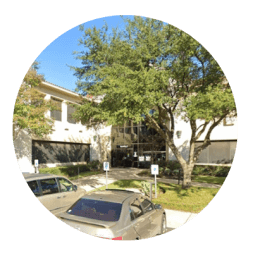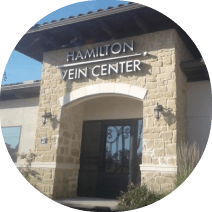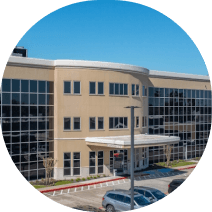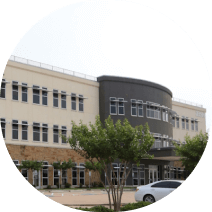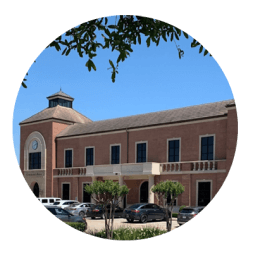Sclerotherapy Treatment for Veins
Sclerotherapy is the most common treatment of spider veins and smaller varicose veins.
Sclerotherapy provides desired patient results, with faster recovery and less pain. Using cosmetic sclerotherapy treatment, spider veins typically begin to fade within 2 to 3 weeks and most are totally gone by 4 to 6 weeks. Larger veins or ones of the foot or ankle may take longer, up to 2 to 3 months or so, to resolve.
Our Leg Experts Can Help!
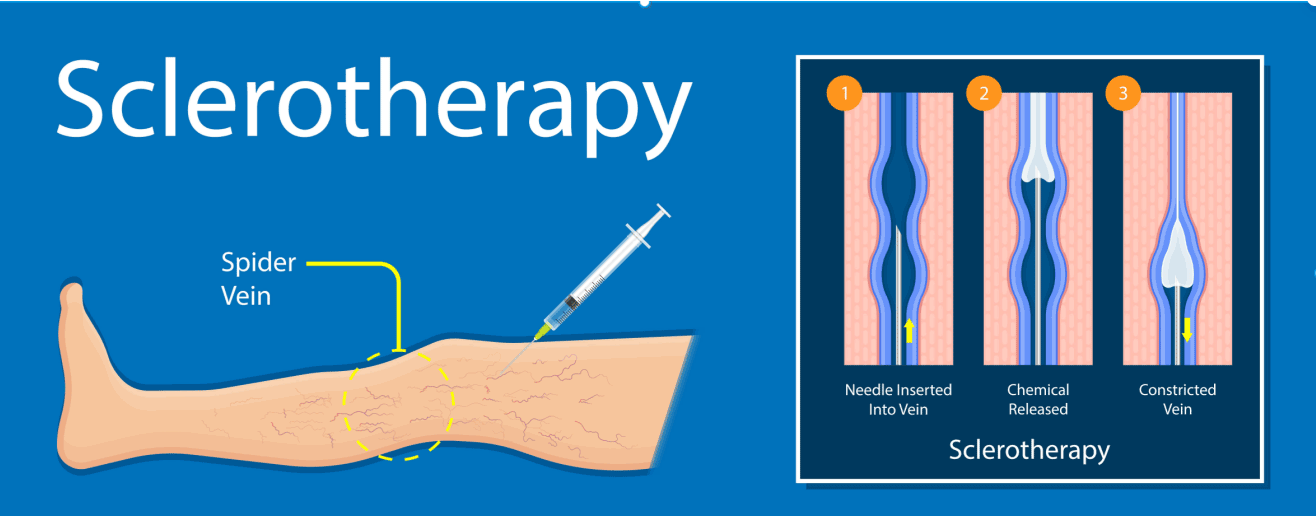
Before & After
StrideCare, formerly Hamilton Vascular, is your premier vein center for venous disease treatment. Our results speak for themselves.
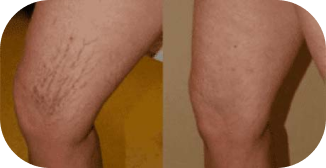
Before After
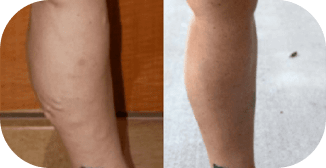
Before After
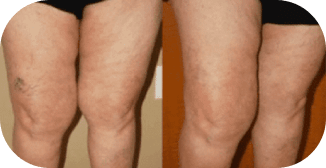
Before After
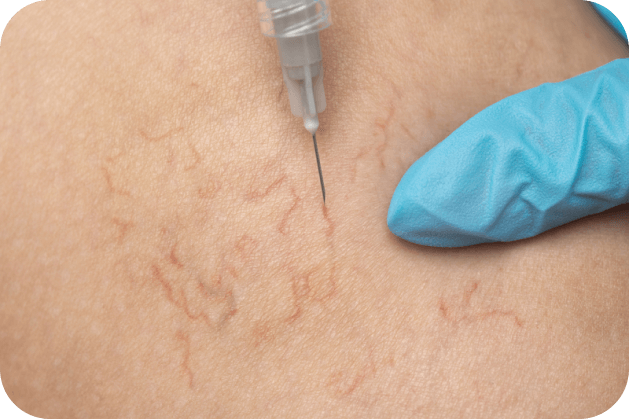
Visual Sclerotherapy
Visual sclerotherapy is used to treat small, red or blue spider veins and reticular veins. It involves injecting sclerosant into the vein using a very small needle. The amount and concentration of solution injected depends on the size and extent of the spider veins. The goal is to cause damage to visible veins, without damaging surrounding structures. Often, one can visually see the spider veins closing off and disappearing instantly.
Ultrasound-Guided Sclerotherapy
Ultrasound-guided sclerotherapy can treat deeper veins that are underneath the skin at various depths. These are sometimes referred to as tributary or perforator veins. Often ultrasound guided sclerotherapy treats veins that feed abnormal varicose or spider veins. The foam has been proven to increase the strength of the treatment. In severe cases, perforator veins could be the cause of a venous ulcer. Our doctors are experts at using ultrasound to guide the needle and medication into its desired location.
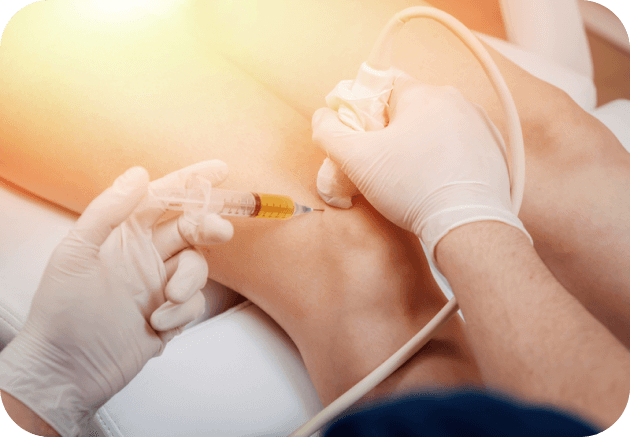
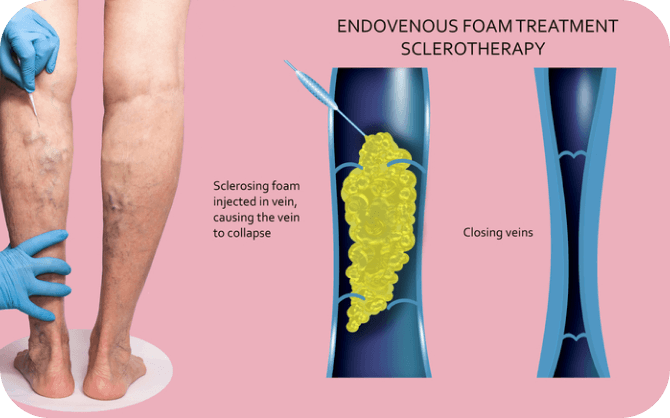
Call 866-552-4866 to schedule a consultation with an expert at our vein clinic near you.

Experts in Leg Vein Treatment
Foam is also very safe as it quickly dilutes when it gets to the deeper venous circulation. It becomes dilute and ineffective in the larger deeper and central veins.
StrideCare
Patient Reviews



4.89 Average Online Review Score







Professional Affiliations




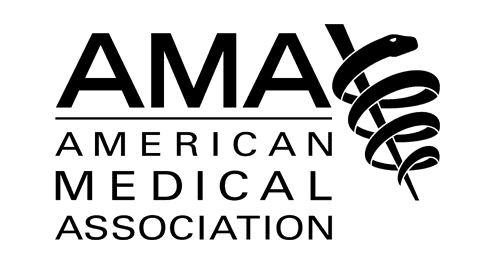



Call 866-552-4866 to schedule your consultation with an expert!









